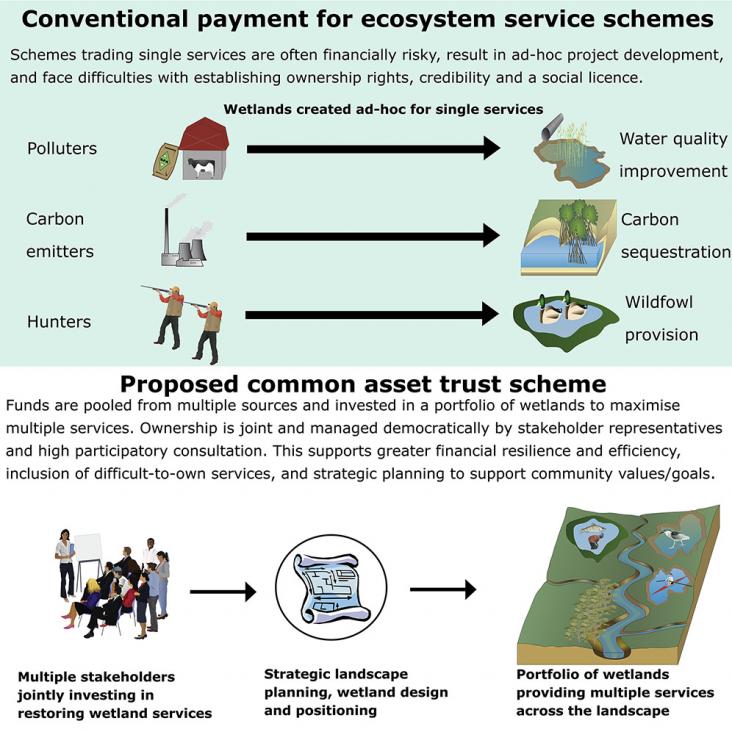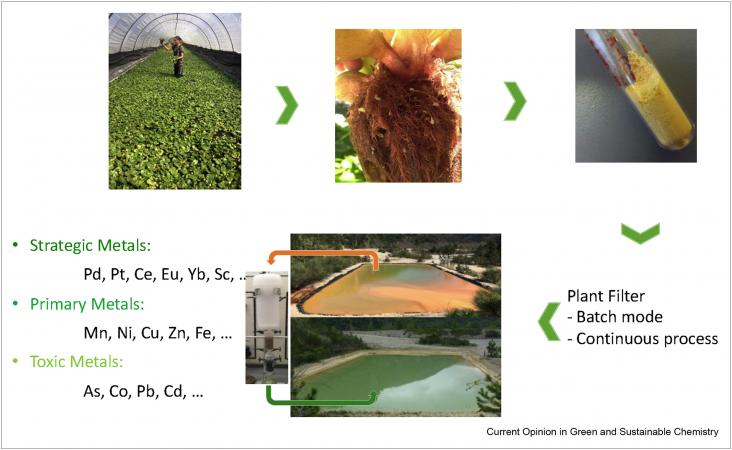This study, which supports SDG's 13 and 15 looks at how important drivers like water level and bioturbation affect soil characteristics in the development of novel ecosystems aiming to improve the functioning of degraded landscapes.
This study supports SDGs 13,14 and 15 by unveiling the palaeoenvironment in response to global climate changes.
Global warming is adversely affecting the earth's climate system due to rapid emissions of greenhouse gases (GHGs).

Wetlands provide ∼$47.4 trillion/year worth of ecosystem services globally and support immense biodiversity, yet face widespread drainage and pollution, and large-scale wetlands restoration is urgentl
This book chapter advances SDGs 9, 13, and 15 by using several economic indicators of sustainable resource management to help answer questions such as what extent is it possible to know whether the available resources are being managed in a sustainable way? Could it be said that current generations are using the resources to meet their needs without compromising the ability of future generations to meet their own?

This review is dedicated to ecocatalysis, a concept developed by the Grison group aiming at combining ecology and green chemistry, which could be the vector of sustainable development based on the pri
Droughts are extreme events that have major impacts on communities, ecosystems and economies due to slow onset and complex processes.
The recent Intergovernmental Panel on Climate Change (IPCC) Special Report on Oceans and the Cryosphere in a Changing Climate suggests sea level rise may be best understood as a slow onset disaster fo
The Warsaw International Mechanism for Loss and Damage has identified increasing temperatures as a key slow onset event.
Slow onset processes have been increasingly linked to human mobility in the global policy space.
